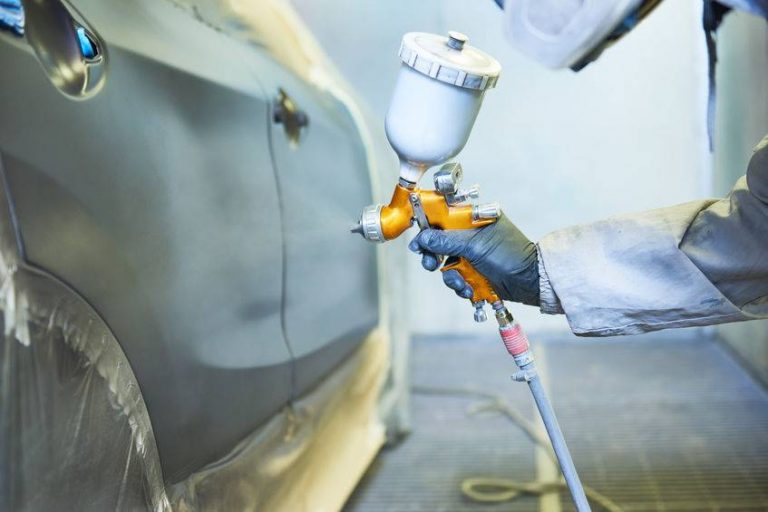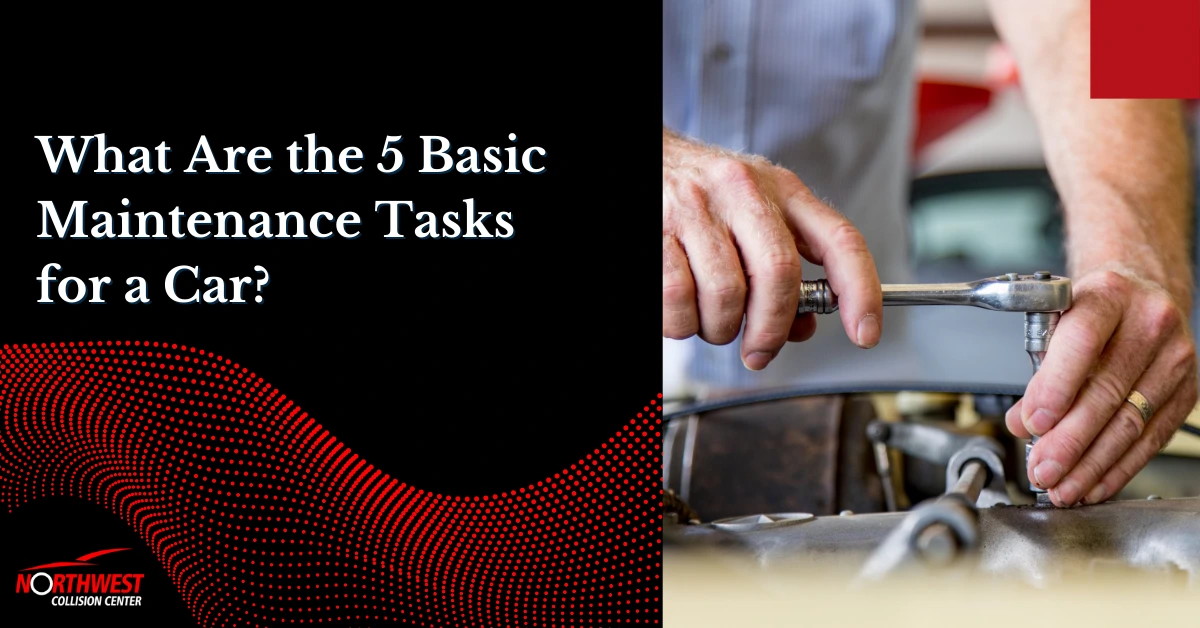Just like you’re bound to bump and bruise yourself from time to time, your car is inevitably susceptible to dings and dents. Whether it’s the car next to you at the grocery store or a major hail storm, you may find that your car has suffered dent damage that you would like to reverse. You have a few options, but the best option by far is to utilize paintless dent repair.
How Does Paintless Dent Repair Work?
When you need a minor dent removed from the body of your vehicle, PDR can come to your rescue. This method works by essentially getting behind the vehicle’s “skin” to push dented panels back into shape. As the name suggests, PDR only works if the paint in the area of the dent was left intact. Any dents with chipped or cracked paint can’t be salvaged with PDR.
What are the Benefits of Paintless Dent Repair?
Paintless dent removal is simple, which makes it much more affordable. A professional can take one glance at a dent and identify how the dent can be pushed back out without harming the rest of the car. With PDR, you can maintain your vehicle’s value and even increase your resale value. You can also enjoy a very fast turn around time and breathe easy knowing that hail damage, fender benders, and inconsiderate fellow drivers can’t keep your car looking rougher for the wear very long.
The History of PDR
Paintless dent removal arose in 1960 when Oskar Flaig, an employee with Mercedes, introduced the idea at the International Motor Sports Show in New York City. Flaig worked with Mercedes as the paintwork specialist, and he focused a great deal of his time on caring for the paintwork of show cars used in trade fairs. Since trade fair visitors damaged, scratched, and dented the display cars each day, it was Flaig’s job to repair the cars at night to return them to perfect form.
Flaig accidentally stumbled upon the concept of paintless dent removal when he used a hammer handle to push out a minor dent and found that the damage didn’t even need any filler to look completely fixed. Ever since, PDR has spread through Argentina, Australia, Mexico, and North America. It serves today as the primary tool to efficiently remove car dents.










